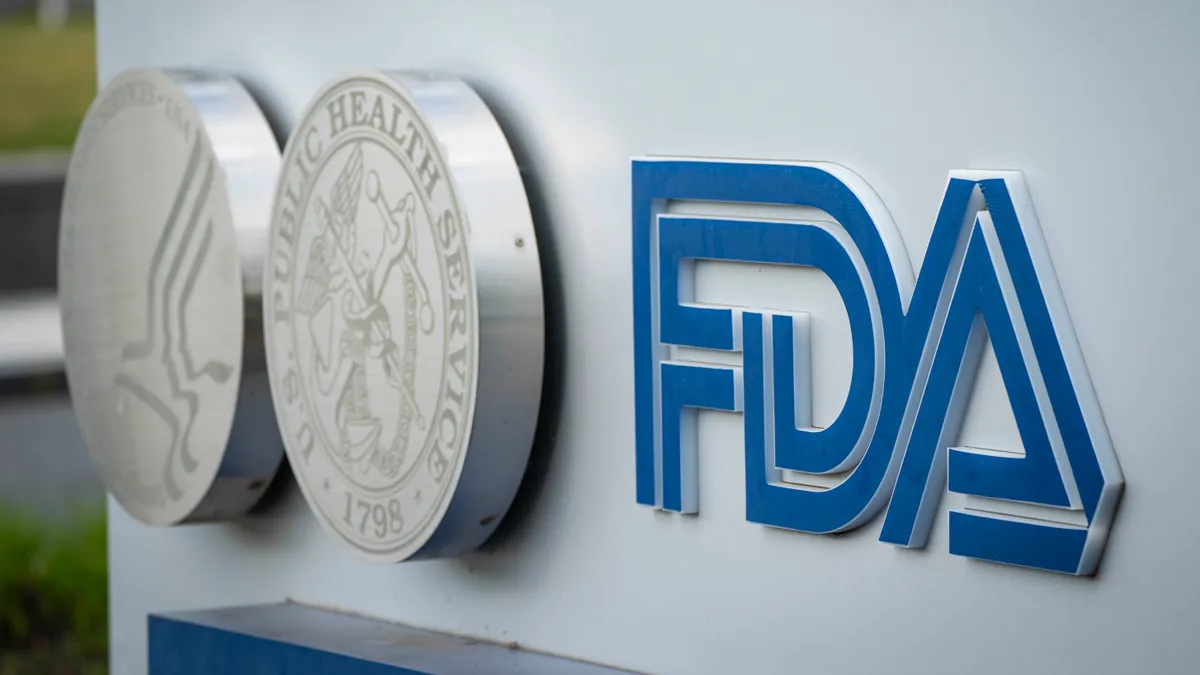Dive Brief:
- The FDA published a long-awaited proposed rule on Quality System Regulation on Tuesday. It's part of an effort that has been underway since 2018 to harmonize U.S. good manufacturing practices with international standards.
- The proposed rule would bring U.S. regulations in line with International Organization for Standardization (ISO) 13485, a standard that is used by several other countries as a foundation for their quality management systems for medical devices. While the FDA said the international standard is overall "substantially similar" to current U.S. regulations, it plans to add a few additional stipulations around records, device labeling and packaging controls.
- In total, the FDA estimates the rule would save medical device companies hundreds of millions of dollars by making the process easier for manufacturers that comply with both the current U.S. standard (21 CFR 820) and ISO 13485. The agency also contends that patients would be able to access newly developed medical devices more quickly.
Dive Insight:
In a proposed rule on Tuesday, the FDA shared more details about its plan to bring U.S. good manufacturing practices in line with other countries. The effort, which has been underway for more than three years, is intended to harmonize the current U.S. Quality System Requirements with the ISO 13485 standard creating core expectations around medical device quality systems, processes and documentation. It would also be the first major update to U.S. good manufacturing practices since 1996.
The FDA estimated that the changes would save medical device companies $533 million over 10 years, assuming a 7% discount rate, or about $439 million when assuming a 3% discount rate. At the same time, it's expected to cost all companies a total of $7.6 million to get up to speed with the new regulations.
The agency noted that through the Medical Device Single Audit Program (MDSAP), in which the FDA and regulatory authorities from four other countries participate, it has gained experience with ISO 13485 and determined that it provides a "comprehensive and effective approach" to establish a quality management system for devices.
"In determining whether to participate in MDSAP and which FDA-specific provisions were needed for the United States, FDA conducted a thorough review and comparison of ISO 13485 and part 820 and concluded that very few FDA-specific requirements needed to be added to this audit model," states the proposed rule.
Nonetheless, the FDA plans to include signature and date requirements for records, and also ensure companies meet reporting requirements for complaints and service activities.
The agency also plans to keep its current stipulations for device labeling and packaging since the international standard does not specifically address the inspection of labeling by manufacturers.
"Therefore, FDA proposes to retain requirements from the current part 820 that would strengthen controls for labeling and packaging operations, given that many device recalls are related to labeling and packaging," the agency said.
The planned changes would not affect the FDA's authority to conduct inspections. However, the agency would update its current approach with one that will be consistent with the new requirements.
If the rule is finalized, it would go into effect one year after it is published in the Federal Register, which is slated for Wednesday. The FDA would need to update its IT systems, train personnel, finalize its inspection approach and revise any relevant regulations affected by the new quality system rules.
The FDA announced last week a March 2 meeting of the Device Good Manufacturing Practice Advisory Committee to "discuss and make recommendations on the current good manufacturing practice requirements for medical devices under 21 CFR part 820 ... to align more closely with an international consensus standard for medical devices used by other regulatory authorities."











